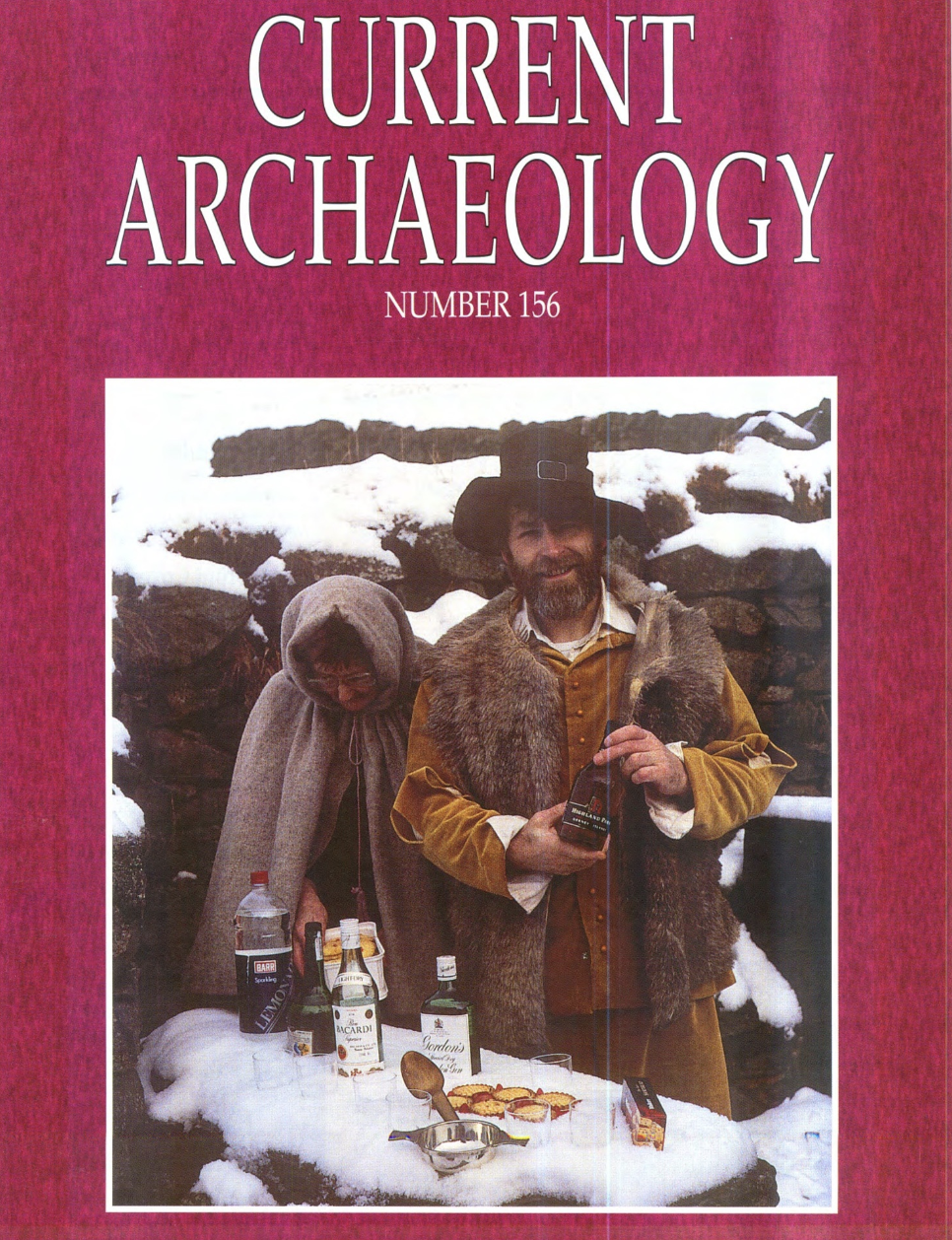Just what can be achieved by amateur archaeologists? This issue of Current Archaeology is devoted to the finalists of the Pitt Rivers Section of the British Archaeological Awards, and here we present something of the range and quality of work carried out by amateur archaeologists in Britain.
The winner was Glenochar, the excavation and display of a bastle and its fermtoun in southwest Scotland. And what is a bastle? Over the last decade, Tarn Ward and the Clydesdale Bastle Project have been studying bastles, and here they tell us just what they are, and describe their new Heritage Trail around the village they have excavated. Botel (or Buittle) Castle rose to fame as the royal seat of King John Balliol, the English puppet king of Scotland, whose mother Devorguilla founded an Oxford College to expiate the sins of his father. Excavations in the bailey are starting to reveal the everyday story of the Balliol family.
Littlehay near Derby lies in an area of heavy clay where Roman remains have not hitherto been identified. The Ockbrook History Society however has found a Roman building…
With the establishment of PPG16, is there any role for amateurs in rescue archaeology? Chris Butler and the Mid Sussex Field Archaeology Team set out to do research but have ended up with a series of rescue projects, discovering a Roman pottery industry at Chiltington, a range of sites on a golf course near Hassocks and a Mesolithic site at Streat.
A rather different kind of project has been the excavation at Newark Castle. John Samuels, a leading professional archaeologist, has long lived in Newark and always wanted to dig his home town’s most prominent monument. So he raised funds, assembled an army of volunteers, and carried out an outstanding research excavation.
It has long been an article of faith among academics that Beakers do not indicate an invasion and that the old idea that they accompany a distinctive type of round-headed ‘Beaker folk’ is utterly wrong. Well, Phyllis Jackson has been looking, not at their heads but at their feet, and finds that the feet of Beaker folk are not at all like the feet of native Brits …
And finally – what is the date of the Cerne Giant – that lewd hill figure in rural Dorset? Rodney Castleden has been doing some rather controversial geophysical surveys, and here he presents a new interpretation. (Due to shortage of space, it has not been possible to feature the work of the other finalist, the Manchester Region Industrial Archaeological Society)
With this issue we come to the end of the 13th volume of Current Archaeology, so we conclude with the index to this volume. We should like to offer our grateful thanks to the many archaeologists who have contributed to this volume which has seen such a notable growth of our subscribers. Thank you all.

